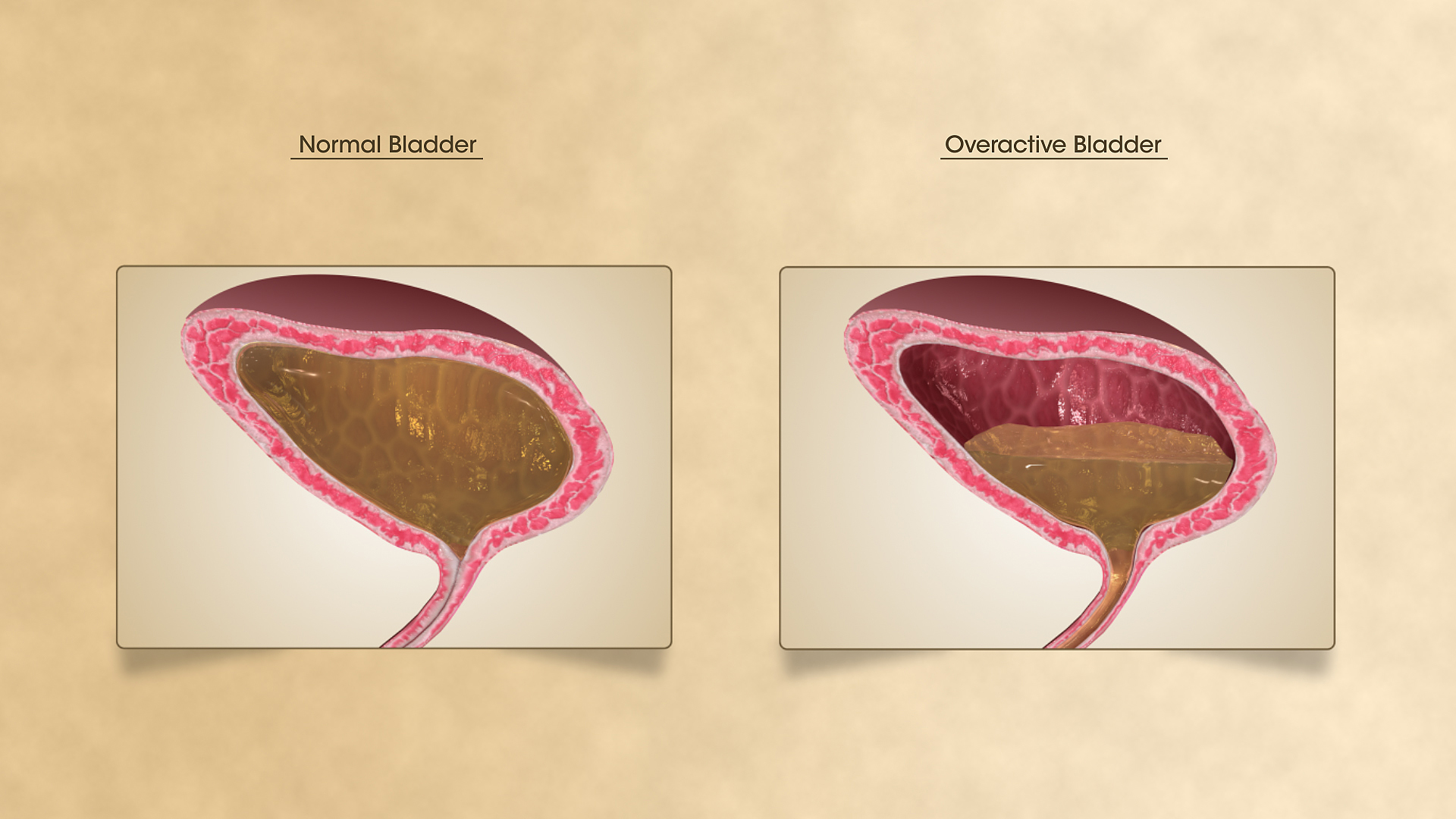
Overactive bladder is a condition in which there is a sudden urge to urinate. This is because the urinary bladder loses its storage function.
The condition can get both annoying and embarrassing as the urge may be difficult to control, and may lead to incontinence or involuntary loss of urine.
However, evaluation and management of this condition in order to identify a specific cause for its symptoms is a brief and simple procedure. This is usually done by charting the symptoms to track progress, avoiding foods and drinks that exacerbate bladder problems, developing healthy bowel habits, and retraining your bladder muscles. Below are some key pointers to follow:
- Stay hydrated
Don’t restrict fluid intake, just schedule it well. Restricting fluid intake may sometimes squeeze the bladder with no relationship to how much filled it is. Moreover, concentrated urine actually acts as a bladder irritant. So dehydrating yourself isn’t a good idea.
- Eat responsibly
Avoid or completely eliminate spicy foods, citrus fruits and juices, tomatoes/tomato products, coffee, tea, alcoholic beverages and chocolates from your diet as they can potentially make the symptoms worse.
- Develop healthy bowel habits
Consume more fiber, beans, whole wheat and fresh fruits as they aid in improving bladder problems. This is because constipation can cause extra pressure on your bladder which can elevate the urge to urinate. A regular exercise program is also equally helpful.
- Maintain your weight
Overweight people have a higher chance of developing a particular type of urinary incontinence called stress incontinence (Mayo Clinic, 2013). In this condition, a person urinates during a physical activity (such as laughing, coughing, or exercise) due to weakened pelvic muscles.
- Lifestyle changes
Other important lifestyle changes which can be made to improve bladder symptoms, such as:
- Quit smoking.
Cigarette smoke irritates your bladder muscle, and smoker’s cough can lead to urine leakage.
- Choose drinks wisely.
Some beverages can improve your bladder symptoms, while others can worsen them. You should regularly consume three to four glasses of non-irritating fluids such as water each day. Avoid acidic or caffeinated beverages, which can worsen your symptoms.
-
Train your bladder muscles and learn techniques to condition them to hold urine more effectively. The pelvic floor contractions called Kegels are a great way to keep the bladder muscles strong in general. Even if you haven't been doing Kegels regularly, if the urge to urinate hits, a quick series of pelvic floor contractions can sometimes subside the sensation till you reach the bathroom.
If these initial efforts don't help enough with the symptoms, second line (medications) and third line treatments (surgery) are introduced.
Certain anticholinergics recommended to control the muscle spasms are oxybutynin, dicyclomine, propantheline, fesoterodine, tolterodine, solifenacin. Also, antidepressants like norfranil, tipramine, and tofranil are sometimes prescribed for overactive bladder.
When staying away from the above triggers no longer works, sacral nerve stimulation is sometimes recommended. The procedure involves a neurotransmitter device which sends mild electrical impulses to help improve bladder control, implanted under the skin in the upper buttocks. It has been shown to sometimes be successful at decreasing frequency and wetting episodes.
Treating Gallstones Non-Surgically
Cholecystectomy or gallbladder removal surgery is most commonly advised to avoid these conditions and also to alleviate pain caused by gallstones. However, since the surgical removal of gallstones involves the removal of an entire organ, Read More..








